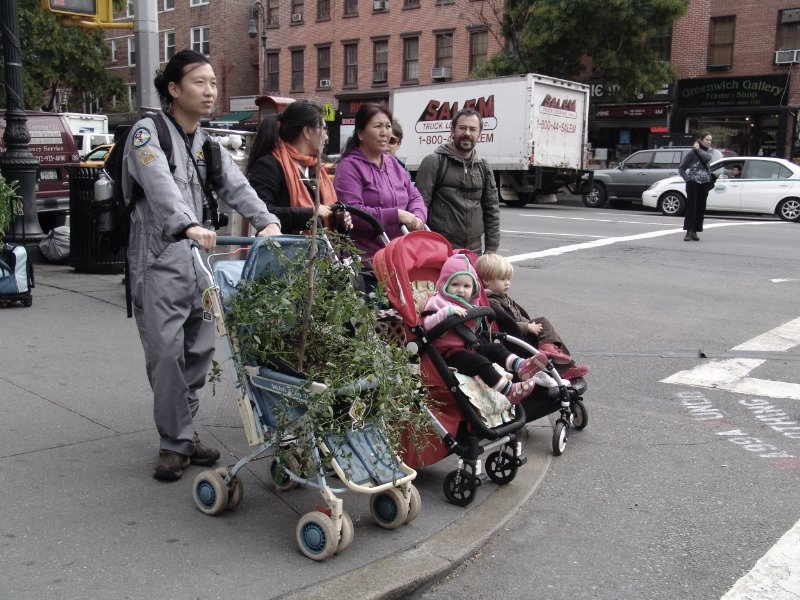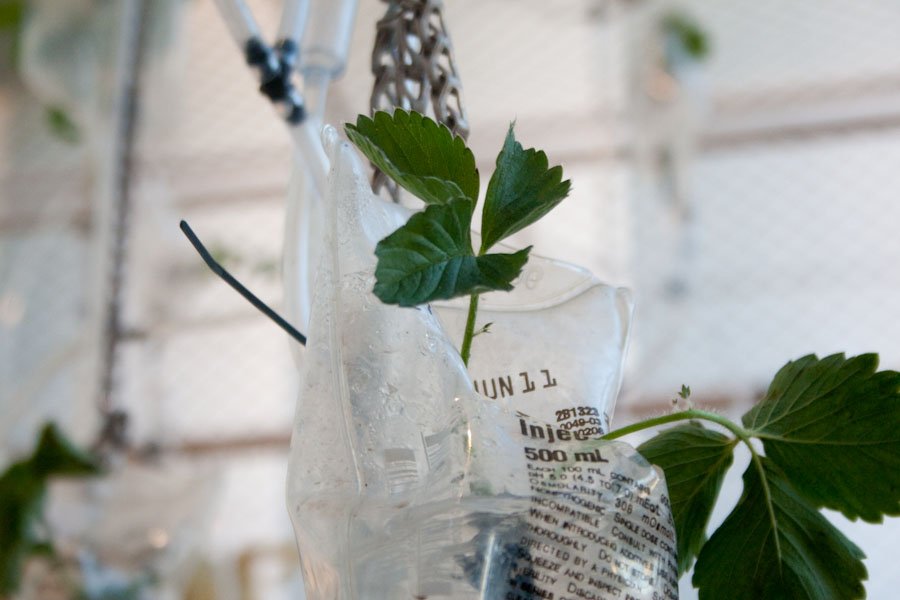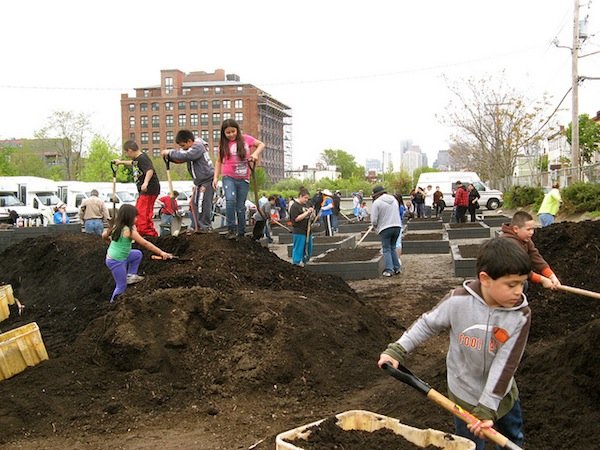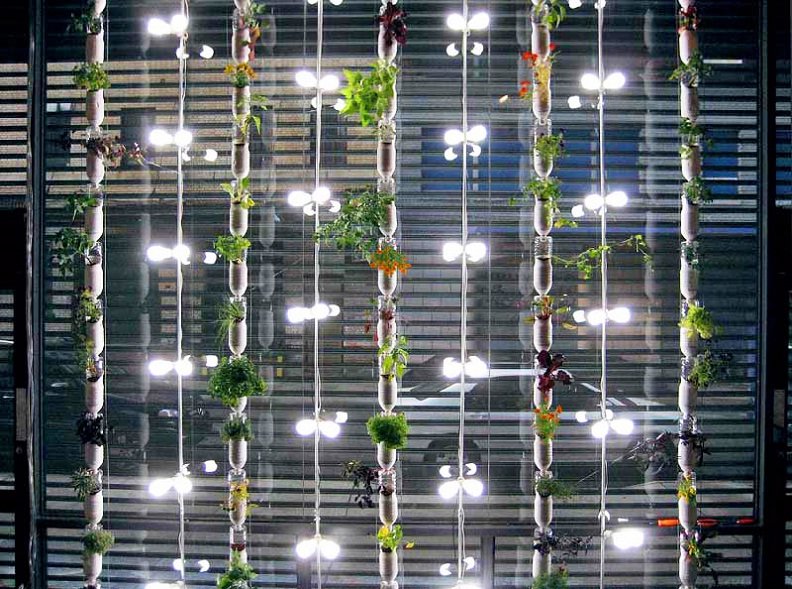The Growing Trend
Big, Red & Shiny, 2012
For four months, a windswept field of golden wheat grew on a two-acre parcel of land atop the Battery Park City landfill in lower Manhattan. The Statue of Liberty, the World Trade Center, and Wall Street stood nearby. When harvest time arrived, the wheat—1,000 pounds of it—was reaped and later sent to 28 points across the globe to be displayed in The International Art Show for the End of World Hunger and planted as a symbolic gesture. It was the summer of 1982, and artist Agnes Denes wanted to make a statement on the "misplaced priorities" of modern society through her now-famous installation Wheatfield—A Confrontation. She was 30 years ahead of what has in the last decade become widespread: artists cultivating edible crops as part of their practice.
"It is no surprise that farming, gardening, food production, and eating itself have become more common among artists’ concerns," says Amy Lipton, director of the New York branch of Ecoartspace, a bicoastal organization that promotes environmental art through curatorial projects and lectures. "Food prices, industrial agriculture, monoculture in farming, and bioengineering are all on the rise and becoming larger problems," she adds.






Top row (left): Tattfoo Tan, Mobile Gardens, 2009-ongoing. Plants, found and recycle materials. Courtesy of the artist (right) Lauren Bon and Metabolic Studio, Garden Folly / Indexical Strawberry Flag, Image courtesy of Fallen Fruit. Middle row (left): Lisa Gross, The Boston Tree Party, East Boston Neighborhood Health Center: Let’s Get Moving Program. Courtesy of the artist. (right) Agnes Denes, Wheatfield—A Confrontation, 1982. © Agnes Denes. Bottom row (left)Britta Riley, Windowfarms installed at Eyebeam Art + Technology Center, 2009. Courtesy of Windowfarms (right) Bonnie Ora Sherk, Community Crossroads (The Farm), 1974-1980. Photo: Vicky Pollack.